15 interesting facts about pregnancy
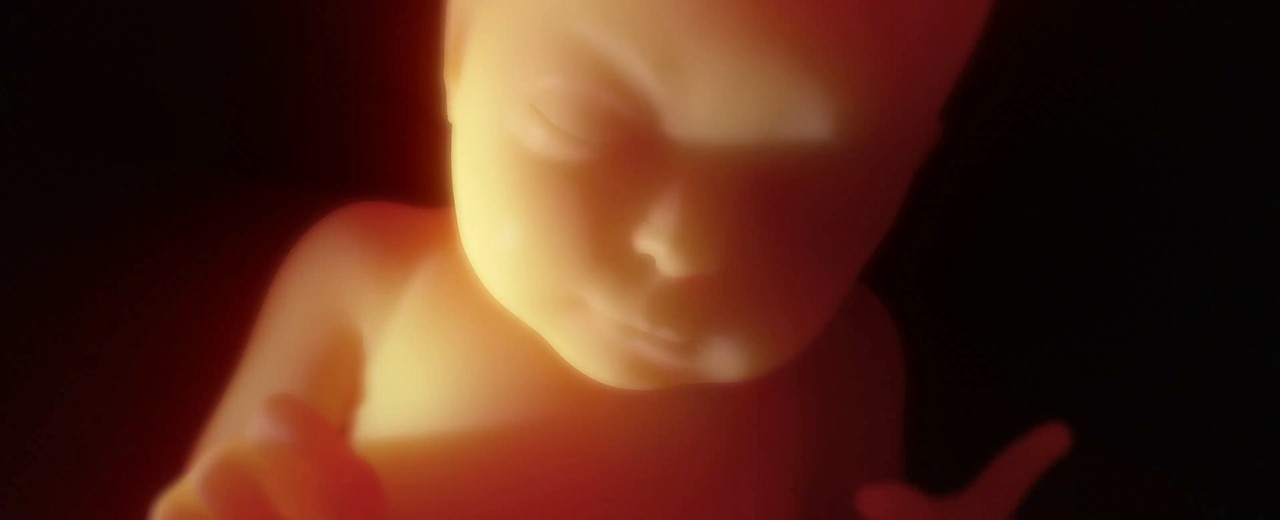
1. Fertilization: Odds 1 in 100 million
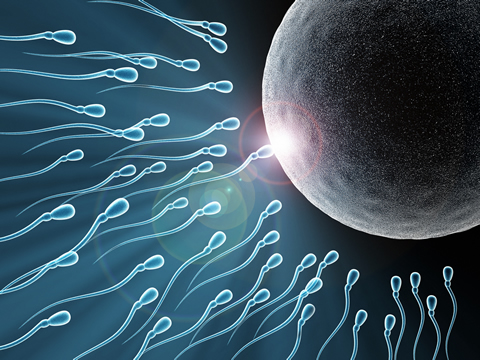
Men release about 100 million sperm each time they ejaculate, although the sperm of some highly fertile men may contain even more.
But in the end only a few hundred manage to reach the woman's egg. Special receptors on the surface of the egg ensure that only one sperm enters.
Monozygotic Twins occur when two sperm fertilize two eggs, while Monozygotic Twins occur when a sperm fertilizes an egg which then splits into two embryos.
2. The developing baby's heart begins to pump blood at six weeks
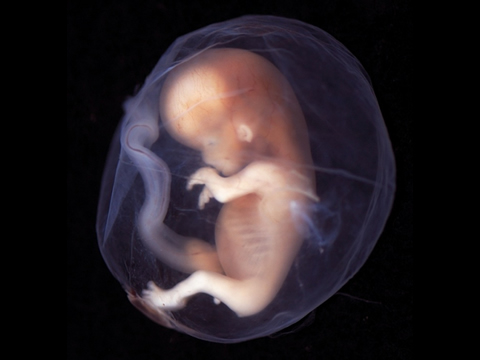
At 8 weeks, the baby's heart beats about 160 times a minute. The function of the heart at this age begins to be heard with the help of an ultrasound device.
From the 12th to the 14th week onwards, you can listen to the heartbeat at the discretion of your home with a fetal doppler.
3. Babies can hear through the womb (which by the way is very noisy)

The fetal ear is functional from the 16th week of pregnancy. From that moment on, the mother's heartbeat, food, breathing, walking, speech, exercise, belching and digestive function can easily be heard by a developing baby.
This may explain why babies find relief in everyday noises. There is also evidence that babies learn to recognize and respond to their mother's voice while in the womb.
4. Loud noises can damage the hearing of a fetus
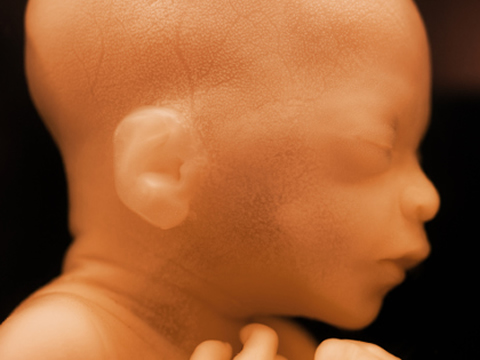
The sounds in which the mother exposes herself also exposes her baby. But fetuses can not close their ears.
Mothers should avoid very loud noises exceeding 115 dBA - such as car horns, loud music, chainsaws, airplane engines, concerts, etc.
Continuous loud noise can damage the baby's hearing in the womb.
5. Babies open their eyes inside the womb and can see light from the outside
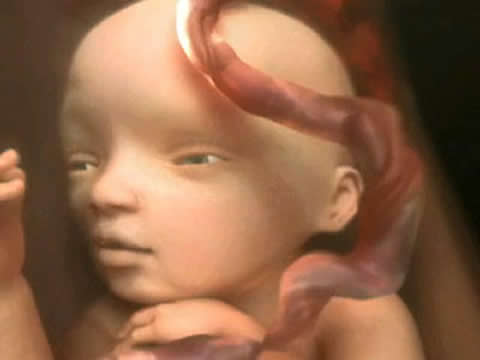
Although a baby's eyes can perceive light from the 16th week, their eyes are not fully formed until about the 20th week. The eyes begin to open between the 26th and 28th week.
Their vision is rather blurred, but they can see and respond with little activity (such as shaking in the womb) to bright light sources such as the sun or a flashlight aimed at the pregnant woman's abdomen.
Frequent leaving the home can help the fetus's eyes develop and reduce the risk of future eye disorders.
6. Babies swim in and drink their own urine for about 25 weeks
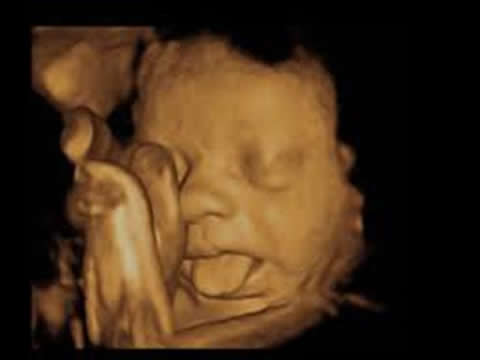
Babies start urinating into the amniotic sac around the 8th week, although normal urine production takes place between the 13th and 16th week (when kidney development is more complete).
They start drinking this mixture of urine and amniotic fluid around the 10th or 11th week or when a layer of cells blocking their mouth (called the pharyngeal membrane) breaks, allowing the baby to swallow. At the 20th week most of the amniotic fluid is urine.
Cheers!
7. Babies can taste and smell the food that mom eats while they are still in the womb
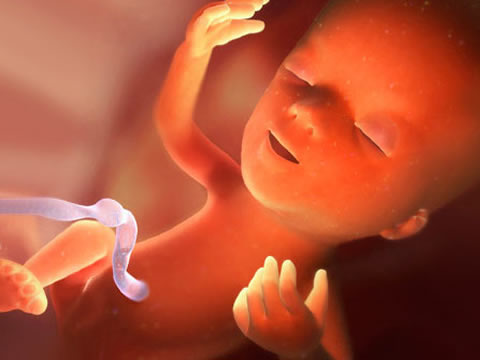
Taste molecules from the food a mother eats pass from her blood, through the placenta, to the baby's amniotic fluid.
And as the taste buds begin to develop around 11 weeks, the baby can taste what mom eats (although the sense of taste is stronger around 28 and 29 weeks when the taste buds are fully mature).
Also, fetuses "inhale" amniotic fluid and it is believed that they can smell food.
8. Mom's diet affects the baby's future nutritional preferences

Because taste buds travel so easily, many studies have shown that a child's future preference for some foods or avoiding others starts in the womb. If mom avoids certain foods, the baby is likely to reject these extra-uterine flavors.
This relationship continues after birth, as taste molecules appear regularly in breast milk.
One study even showed that moms who regularly ate a lot of anise during pregnancy eventually gave birth to babies who preferred anise-flavored milk.
9. Most babies "hold in their poop" until birth
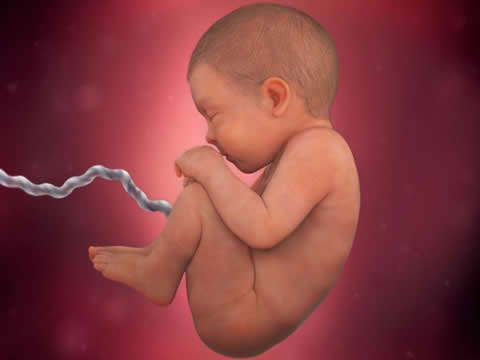
It is called meconium and they are the baby's first poop. They consist of skin, hair, bile, proteins, white blood cells and other objects that float in the amniotic fluid - because the baby drinks it for 20 to 25 weeks.
Meconium begins to form as soon as the baby opens its mouth and begins to swallow amniotic fluid, around the 11th week, but the main meconium production begins in the 19th or 20th week as the fetus matures.
It is usually discarded after birth as a black-green, thick, and odorless material. Other colors (such as white) may indicate a serious medical condition.
And while 13% of babies defecate in the womb, too much meconium in the amniotic fluid can clog the baby's airways before birth, leading to a state of oxygen deprivation called fetal discomfort (or fetal distress).
10. A layer of cells is what separates mom from baby
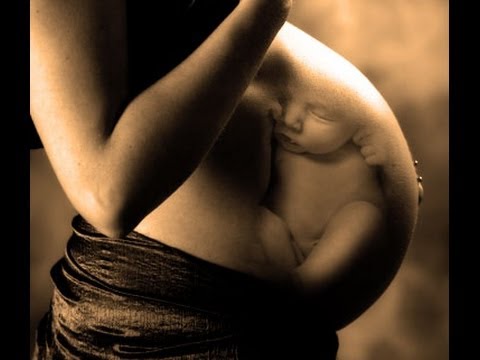
The layer between a baby's placenta and the uterine wall is so thin that it allows nutrients to pass easily from the mother's blood to the baby's blood.
11. Some mothers may become allergic to future pregnancies

The risk has to do with blood and starts with a genetic hereditary factor called Rhesus or Rh factor. When this protein appears on the surface of blood cells, this person is Rh-positive. Rh-negative people do not have it.
If the father is Rh-positive and the mother is Rh-negative, future pregnancies may be more difficult to maintain - if the mother's Rh-negative blood is ever mixed with her baby's Rh-positive.
And while there is usually no problem during the first pregnancy, the blood of the mother and baby can mix during the birth process, causing the mother to develop sensitivity to Rh factor, to develop antibodies that can affect future Rh-positive babies, causing miscarriages.
About 2.3% of pregnancies are at risk for this Rh sensitivity, but only 1% of those mothers at risk actually develop antibodies.
Fortunately, an injection of Rh immunoglobulin between the 28th week and up to 72 hours after the mother's first birth can prevent the problem as a whole.
12. A woman's blood volume can increase by 30% to 50% during pregnancy
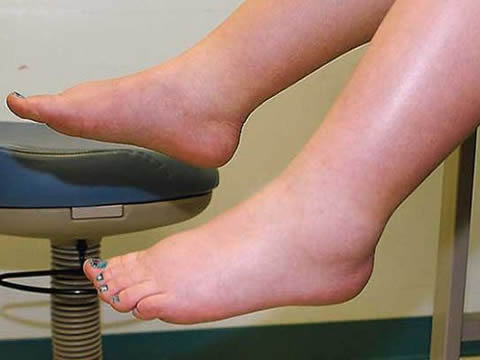
This is the reason for the swelling in the legs and the pain that appears out of nowhere for many pregnant women.
To make room for all the new blood - which helps keep the developing baby constantly nourished and removes waste - a hormone called relaxin softens and dilates a mother's blood vessels and heart.
These vessels, which have now softened, can lead to hemorrhoids and varicose veins.
13. Traumatic emotional experiences for mom can profoundly affect developing babies

The traumatic stress episodes that a pregnant mom experiences can have amazing effects on her baby.
Children born to parents with post-traumatic stress disorder (PTSD), for example, are more likely to develop PTSD during their lifetime - although they are not exposed to new traumatic events.
A mom who loses a family member during her pregnancy increases the chance of a premature birth by 23%.
14. The more social support a mom has, the heavier and healthier her baby is

The association between social support and a higher birth weight is not fully understood, but mothers who are surrounded by people who accept and respect them have less stress, sleep better, eat better, and make other lifestyle choices that improve their weight. newborns.
Having less of a specific stress hormone, called cortisol, can also benefit the baby.
15. Babies cry in the womb
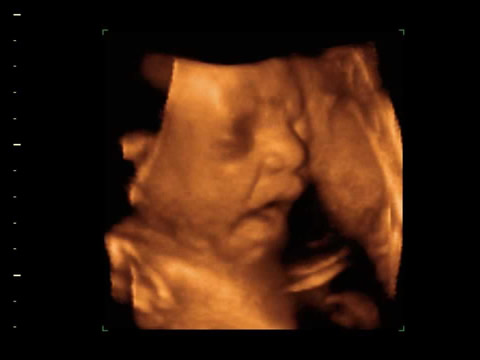
The researchers accidentally made the discovery while studying mothers who used cigarettes or cocaine. After playing a sound on the bellies of pregnant mothers, ultrasound videos showed the babies crying, in the same way as when they were newborns - making even the slightest (and cute) chin contraction!
--------------------
See all of our blog posts, by clicking here.
0 comment(s)